|
|
|
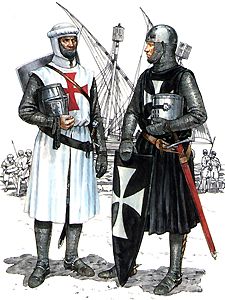 |
| WHO WERE THE KNIGHTS TEMPLAR? |
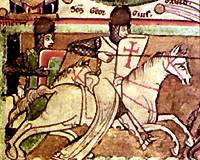 |
 |
| he Knights Templar, or Templars, were a military and religious order founded in Jerusalem during the Crusades. The founders of the order were |
| Hugh de Payns and Geoffrey de Saint-Omer, French knights who in 1118 established a religious community on the ancient site of the Temple of King Solomon [hence 'Templars'] in Jerusalem, which was dedicated to protecting Christian pilgrims in the Holy Land. |
| Saint Bernard of Clairvaux, head of the Cistercian order of monks, drew up the order's rules, but in 1128 Pope Honorious II officialy recognised the Templars as a separate order, conferring on them an unprecedented degree of autonomy: they were responsible only to the Pope and not to secular rulers, and were exempt from local taxes and judicial authority. The Templars were divided into knights, chaplains, sergeants and craftsmen, and were organised under a Grand Master and General Council. Wearing a white cloak with a red eight-pointed cross on the left shoulder, they attracted many nobles and soon became an expert military force whose bravery in the field was unquestion-able, and also became a powerful and wealthy order, with branches throughout Europe. |
| The Templars' seal showed two knights on one horse [see left], the idea being that the first Grand Master of the order was so poor that he had to share a horse with one of his followers, but after the fall of Acre in 1291, when the Crusading forces were driven out of Palestine [modern Israel], the Templars' main activity became money-lending,and their enormous land-holdings and financial strength aroused great hostility. |
| It was rumoured that the Templars had abandoned Christianity, but this was probably a ruse designed to bring about their downfall and gain access to the order's incredible wealth. Indeed, in 1307 Philip IV of France, himself heavily in debt to the order, charged the Templars with heresy and immorality. They were arrested and put on trial, and confessions were extracted by torture. Similar attacks were mounted against the order in Spain and England, and Pope Clement V, after initially opposing the trials, suppressed the the Knights Templar by Papal Bull at the Council of Vienne in 1312. |
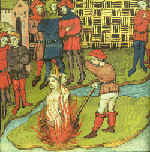 |
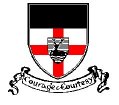 |
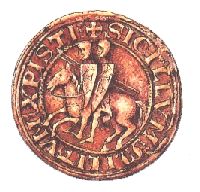 |
 |
| When the Grand Master, Jacques de Molay, and other leaders of the Templars retracted their forced confessions and declared their innocence and the innocence of their order, Philip IV had them burned at the stake in Paris in 1314 [see right]. The Templars' holdings were dispersed, some going to the Knights Hospitallers, including those at Baldock, and some to secular rulers, although Philip received none. |
| Above: a Knight Templar [left] and a Knight Hospitaller. |